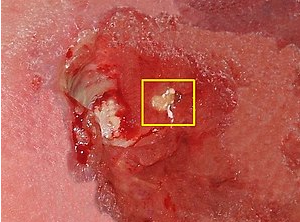There has been research on the use of platelet-rich plasma (PRP) for the treatment of pressure ulcers. Pressure ulcers, also known as bedsores, are a common complication in patients with limited mobility and can be difficult to treat due to their chronic nature and slow healing.
PRP contains growth factors that are known to stimulate tissue repair and regeneration, and it has been proposed as a potential therapy for the treatment of pressure ulcers. Several studies have investigated the efficacy of PRP in the healing of pressure ulcers, with varying results.
A systematic review and meta-analysis published in the International Wound Journal in 2020 evaluated the use of PRP for the treatment of pressure ulcers. The review included six randomized controlled trials with a total of 251 participants. The study found that PRP was associated with a significant improvement in the healing of pressure ulcers, with a higher proportion of ulcers achieving complete healing in the PRP group compared to the control group.
Another study published in the Journal of Tissue Viability in 2018 evaluated the use of PRP in the treatment of pressure ulcers in patients with spinal cord injury. The study included 22 patients with stage III or IV pressure ulcers who received PRP injections directly into the ulcer site. The study found that PRP was associated with a significant improvement in the healing of pressure ulcers, with a reduction in ulcer size and increased granulation tissue formation.
However, not all studies have shown a positive effect of PRP on the healing of pressure ulcers. A randomized controlled trial published in the Journal of Plastic, Reconstructive and Aesthetic Surgery in 2018 found no significant difference in the healing of pressure ulcers between the PRP and control groups.
In conclusion, while there is some evidence to support the use of PRP for the treatment of pressure ulcers, further research is needed to determine its efficacy and optimal use in this patient population. The use of PRP for pressure ulcers should be discussed with a healthcare provider or a medical professional.








